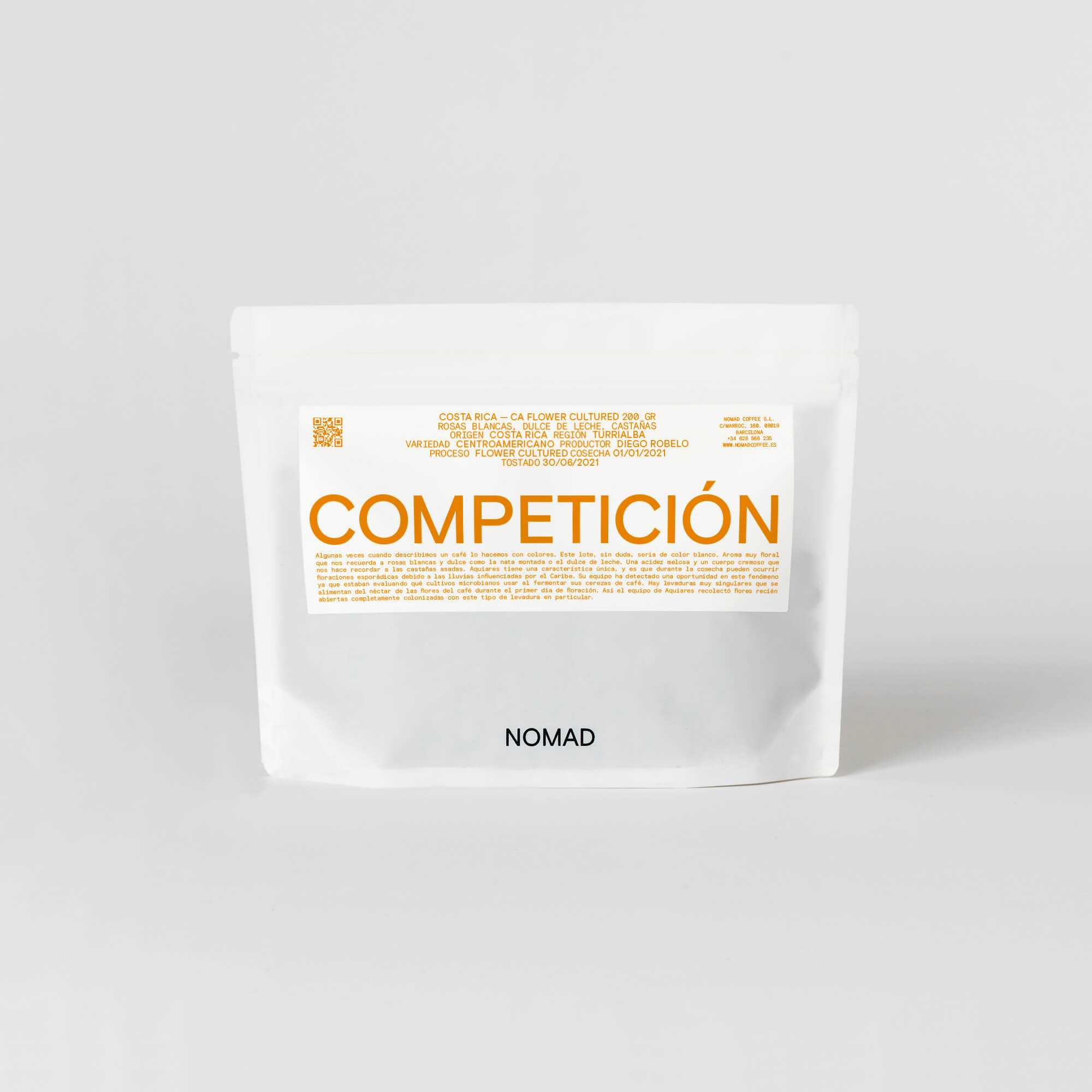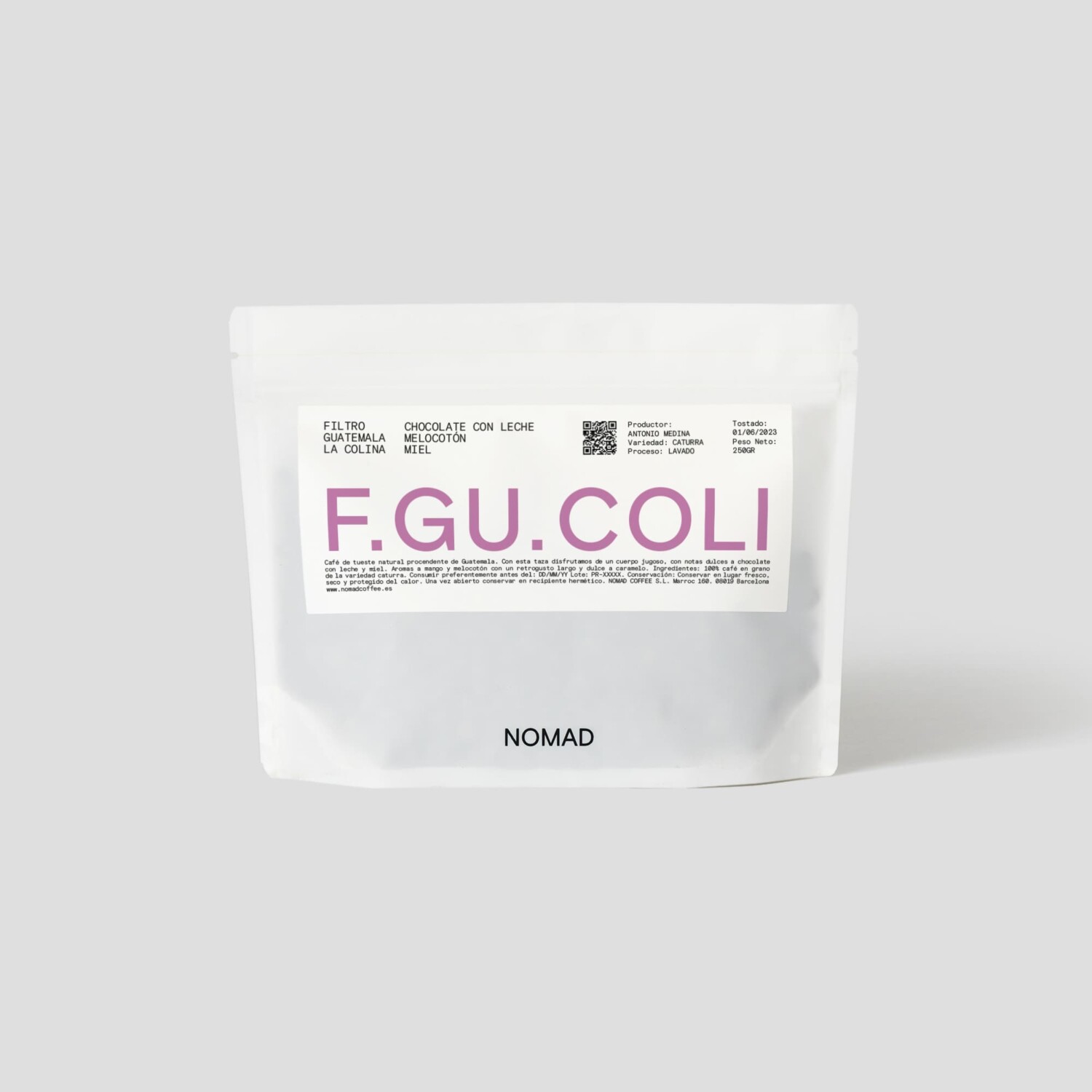
Sometimes when we describe a cafe we do it with colours. This lot would undoubtedly be white. A very floral aroma such as white roses and very sweet such as whipped cream or dulce de leche. A honeyed acidity and a creamy body that reminds us of roasted chestnuts.
Aquiares has a unique characteristic; during harvest sporadic flowering events can occur, due to the Caribbean influenced rains. Their team has detected an opportunity in this phenomenon as they were evaluating which microbial cultures to use when fermenting their coffee cherries. There are very unique flower-inhabiting yeasts that feed on the nectar of coffee flowers during the first day of blooming. So they went out, very early in the morning, harvesting freshly opened flowers completely colonized with these particular types of yeast.
They applied a technique of isolation to harvest wild yeasts from the collected flowers. That way they created a microbial culture from these yeasts. Upon identification of this culture, they found that a native strain of Metschnikowia pulcherrima was very abundant, as well as smaller colonies of Hanseniaspora species. The microbial culture was left to grow and develop in an agar.
They then used this culture to inoculate their fermentation tanks at 5% with de-pulped coffee and water. Fermentation went on for 3 days until pH dropped and available sugars were consumed. Beans were then sun-dried slowly until the resulting rose-golden parchment showed and humidity dropped to 10.5%
We offer you these guidelines so that you have a guide when preparing your recipe, but you must take into account the method you are using, the grinding, the water, the temperature, etc.
Our method: V60
Our grinder: EK43
Our water: Osmotized, 93ppm
We use 15 gr of medium ground coffee and 260 gr of water at a temperature of 96ºC. We pour the water in 2 times. One of 50 gr, we wait 30 seconds and then pour the rest of the water until it reaches 260 grams. The total infusion time should be between 2 and a half and 3 minutes.


